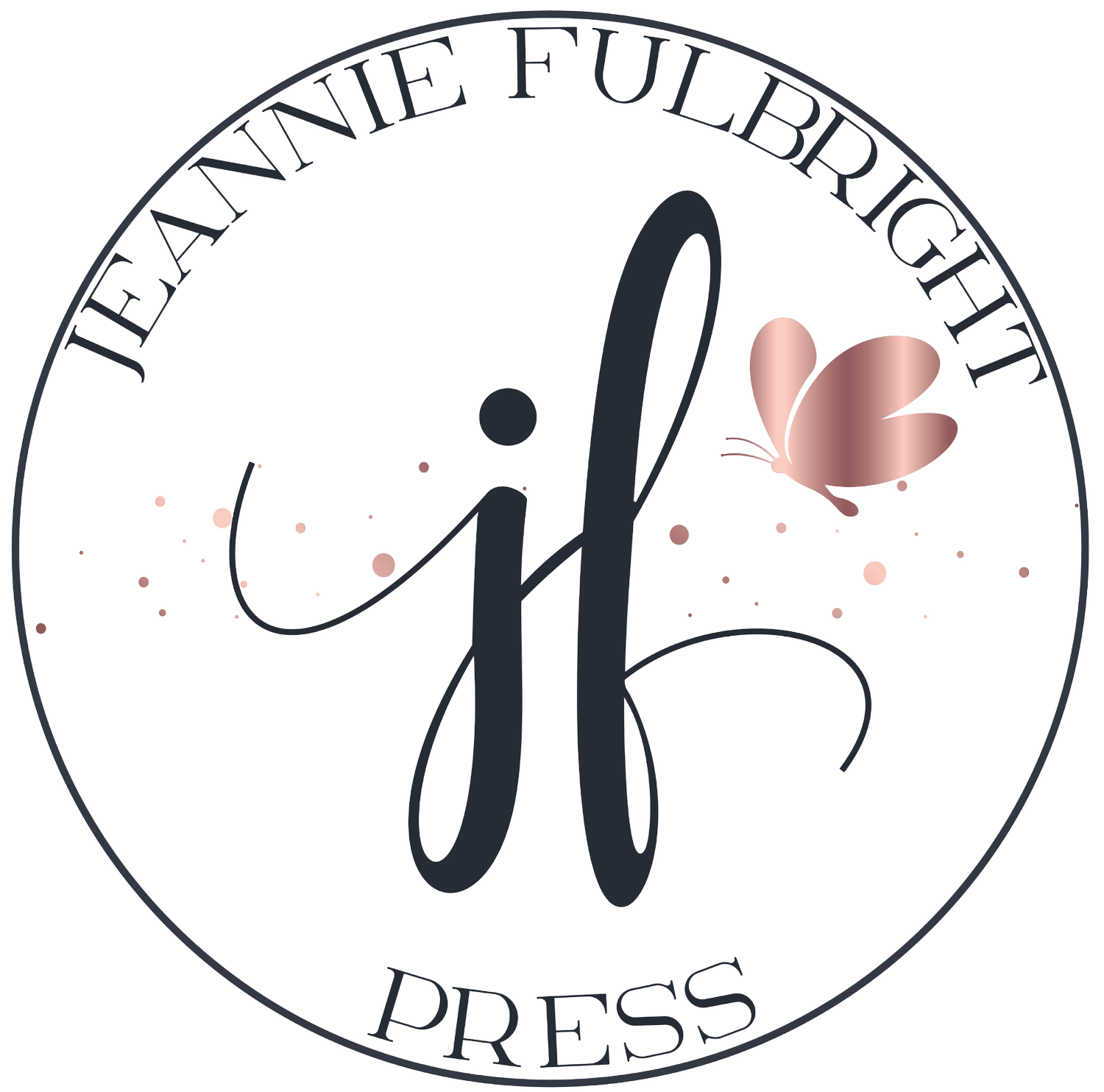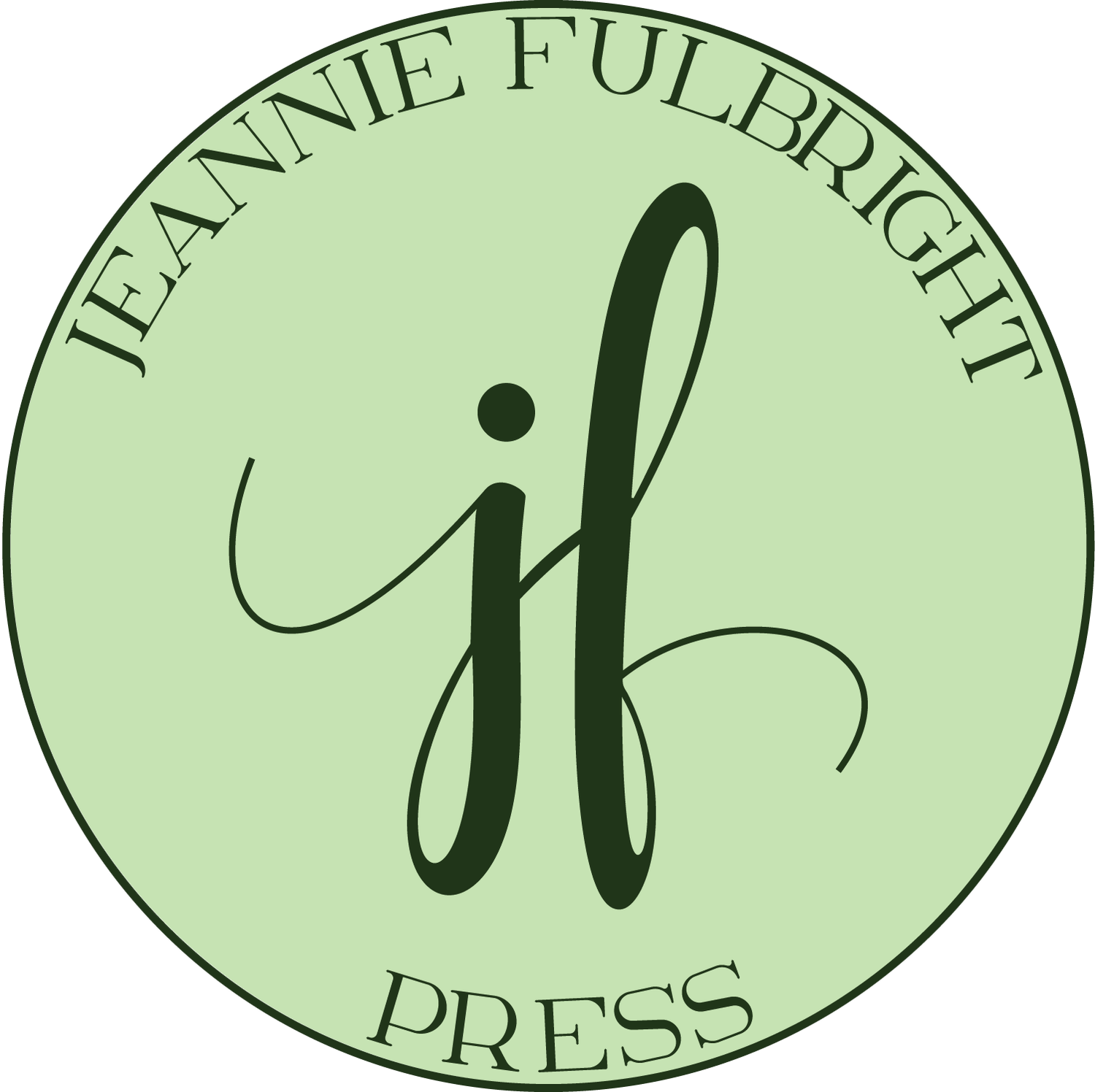The Habit of Thinking and Imagining
“The kids in my class don’t think,” my son remarked while explaining to me the surprising things he discovered his freshman year of college.
“What do you mean they don’t think?” I asked.
“They listen to the lectures, but never have any questions that go beyond what the professor taught. They just care about what’s going to be on the test.”
The problem with these students is not that they’re unintelligent. It’s that the school system is set up in such a way that thinking and imagining are not required. They're also not encouraged. Students are asked to memorize a set of facts for the purpose of scoring well on a test. That’s the only reason they’re studying.
It’s all about the score, not the learning.
MOTIVATION
Charlotte Mason was adamant that by giving students “marks” or grades for work completed, we change the motivation for learning. Students who once cared about a topic, no longer care. They only care about the mark—the grade.
And therein lies the incentive for learning.
It’s natural for them to feel this way given the system. It’s unnatural for a child who is being graded and scored to want to learn for any other reason than to score well. The worst part is that the information is stored in the short-term memory and accessed only for the test. Afterward, it’s promptly forgotten.
This is why so many of us graduated from high school without any real substantive knowledge or understanding of most subjects. It’s the tragedy that’s being played out in our public and private school systems.
It’s why we homeschool.
And more importantly, why we homeschool using the Charlotte Mason approach to education!
THINKING AND IMAGINING
So, how do we help our children become thinkers? How do we train the habit of thinking? In many ways we train the habit of thinking alongside training the habit of imagining.
First and foremost, we do this through avoiding the temptation to grade our children’s work, for that only hijacks the purpose for learning. It can do nothing else.
A child who begins life with an inquisitive mind and a quest for knowledge is traveling a wonderful railroad track—one marked by a desire to know and understand. A track traveling the natural propensity to care about everything there is to know.
Yet, how quickly children find themselves on a completely different tract. One marked by the desire to score well and the need to get ahead. A child’s natural propensity toward competition and ambition kicks-in when grades or scores are given.
This may seem good…to motivate a child through their own personal ambition…but it steals the joy from learning. It extinguishes the inquisitive fire burning in them from birth—the desire to know.
Charlotte Mason says it this way:
“In the first place, people rarely accomplish beyond their own aims. Their aim is a pass, not knowledge; 'they cram to pass and not to know; they do pass and they don't know.”
and
“The desire for knowledge subsides in proportion as the desire to excel becomes active.”
Second, we should encourage the use of thought, deeper thought, when learning. How do we do this? By asking for verbal narrations.
NARRATION
Verbal narrations cause our children to think about the topic learned and order the ideas in their head. Narrations help them think coherently so as to express their ideas coherently. And once a child has verbalized what he knows, the informing ideas have moved from the short-term memory to the long-term memory.
Instead of worksheets, quizzes, and tests, use narration as a means of an examination. The child’s narration is the answer to the exam question: What can you tell me about what you just learned?
Third, we should encourage our children to use their imagination. In the public and private school settings, imagination is not needed, encouraged or prized. Why is this? Because the child is simply required to memorize dull-dry facts for regurgitation on a test.
They are never asked to think about the information or ideas imaginatively.
When children use their imagination, knowledge becomes a part of their character, a part of their genius.
NOTEBOOKING
Albert Einstein says,
“The true sign of intelligence is not knowledge but imagination.”
Charlotte Mason tells us,
“Now imagination does not descend, full grown, to take possession of an empty house; like every other power of the mind, it is the merest germ of a power to begin with, and grows by what it gets; and childhood, the age of faith, is the time for its nourishing. The children should have the joy of living in far lands, in other persons, in other times––a delightful double existence; and this joy they will find, for the most part, in their story books. Their lessons, too, history and geography, should cultivate their conceptive powers. If the child do not live in the times of his history lesson, be not at home in the climes of his geography book describes, why, these lessons will fail of their purpose. But let lessons do their best, and the picture gallery of the imagination is poorly hung if the child have not found his way into the realms of fancy.”
Wow.
So, how do we encourage our children’s imagination?
First and foremost, through the right books—books that feed and nourish imagination. And second, by encouraging creativity in our children’s lessons.
Albert Einstein also stated,
“It is the supreme art of the teacher to awaken joy in creative expression and knowledge.”
Charlotte Mason did this through the use of what we now call notebooking or illustration.
She tells us,
“History readings afford admirable material for narration, and children enjoy narrating what they have read or heard. They love, too, to make illustrations. Children who had been reading Julius Caesar (and also, Plutarch's Life), were asked to make a picture of their favourite scene, and the results showed the extraordinary power of visualising which the little people possess. Of course that which they visualise, or imagine clearly, they know; it is a life possession.”
I love that last thought: “Of course that which they visualize, or imagine clearly, they know; it is a life possession.”
A life possession.
This is a far cry from the kind of education we were given. The kind of education that left us with no possession of knowledge, much less a life possession.
CREATIVITY
Creativity was rarely used in childhood, and never in the older grades. But if Charlotte Mason and Einstein found it valuable for the upper grades, we should employ it often and throughout our children’s education.
There are many ways to encourage the habit of creative thinking and imagination through notebooking.
For ideas on using notebooking in place of worksheets and quizzes, go to this list on my website: https://www.jeanniefulbright.com/ideas/
And so there you have it. An easy way to transition away from the system that discourages thinking and learning for the sake of knowing to a love of learning that encourages the building up of imagination through living books and creative assignments.
For more Charlotte Mason insight read here.

